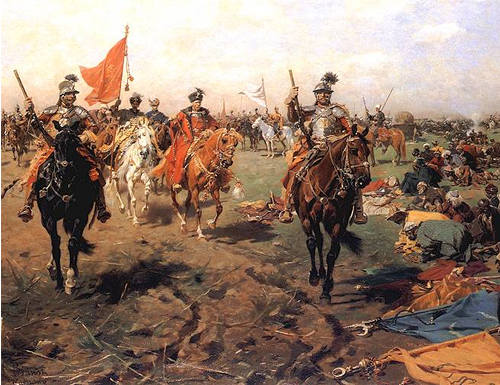
Army Development
|
End of the 17th Century Poland could not keep up with the advance in military technology and tactics that occurred in the rest of Europe. While it could still raise large and good quality forces for a campaign it could not afford to maintain a large standing army that was widespread elsewhere. Due to problems with finance, the artillery and fortifications also suffered and weapons such as flintlocks and bayonets took a long time to introduce. The national cavalry became increasingly ill disciplined, while the hussars lost their lances and used muskets instead. Half a century of continual war had had adverse affects on the spirit of the army. Although the Commonwealth was still able to produce a strong army, as in the Vienna campaign in 1683, its discipline and morale had definitely suffered and the death of many of the best troops did not help. After Sobieski's death in 1696 the reign of the despotic Saxon kings began. Poland became a battleground for other countries' wars and her army would not win another battle alone until 1792, or a war until 1920. "While the hussar keeps his lance the Pole shall remain master of the field, when the lance dies so dies Poland's virtue" (Fredo).
|
Page 7
|
![]()
